Why would a storyteller or artist want to elicit disgust in their work? And if they want to do it, how do they typically do it?

Did you go through a phase of reading kids’ books about disgusting things? Even if you personally didn’t, there’s a market for middle grade fiction which aims to disgust. They are known as gross-out books. The term may have originated with Stephen King, confessing to his own tendency to disgust when he is failing in his writing to horrify or terrify.
I recognize terror as the finest emotion and so I will try to terrorize the reader. But if I find that I cannot terrify, I will try to horrify, and if I find that I cannot horrify, I’ll go for the gross-out.
Stephen King
Gross-out middle grade books existed when I was a kid and remain popular — for a developmental stage which lasts only a few years in late childhood, before adolescence (when attention typically turns away from excrement and bodily fluids, towards sex).
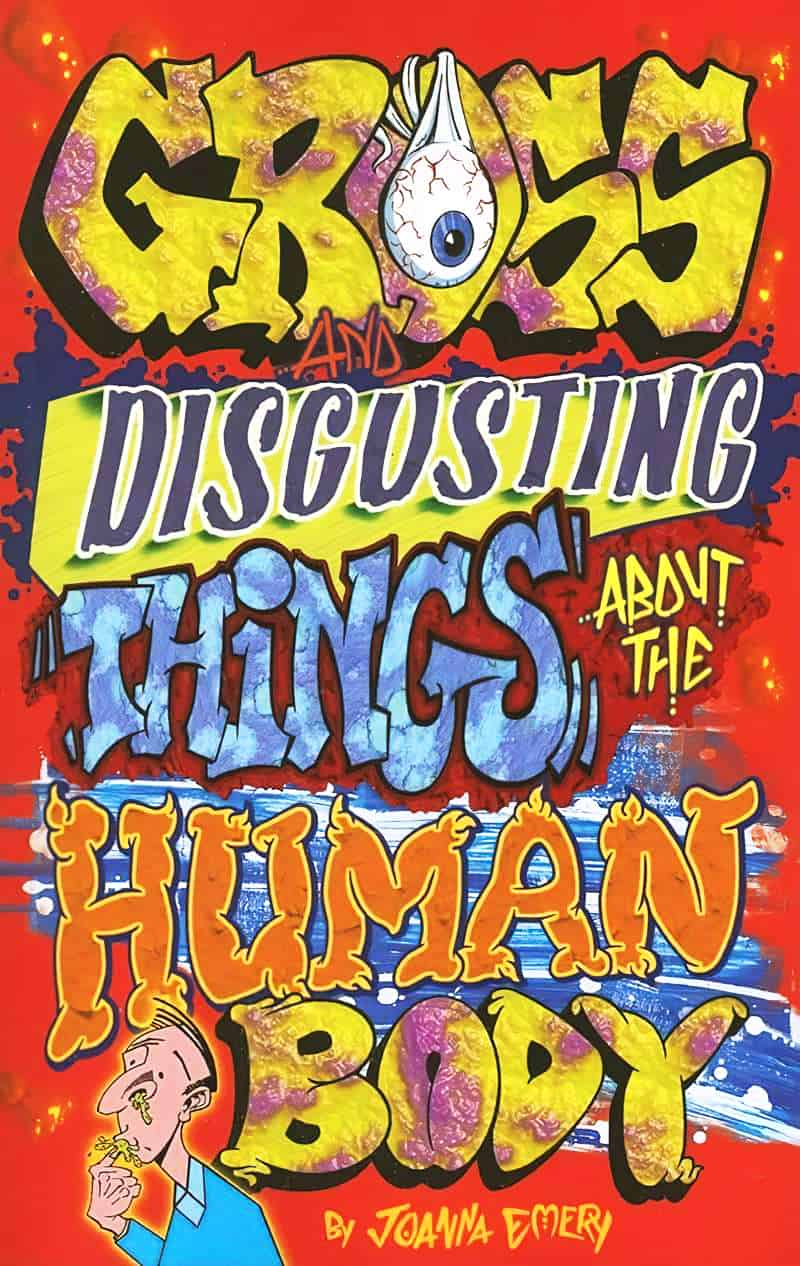
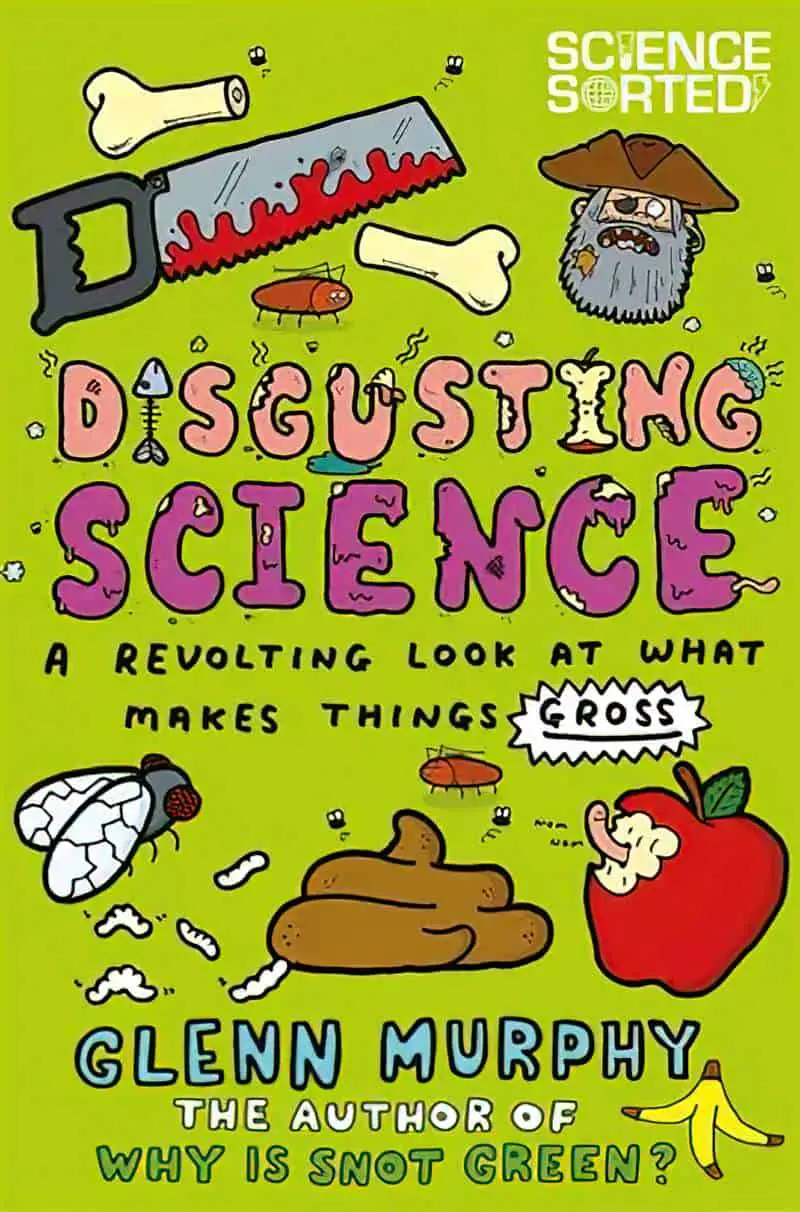
Perhaps this developmental stage exists because childhood is the time when (at an evolutionary scale), humans start to make their own decisions about what foods to eat. Since many things are poisonous or otherwise detrimental, disgust around food is a protective instinct.
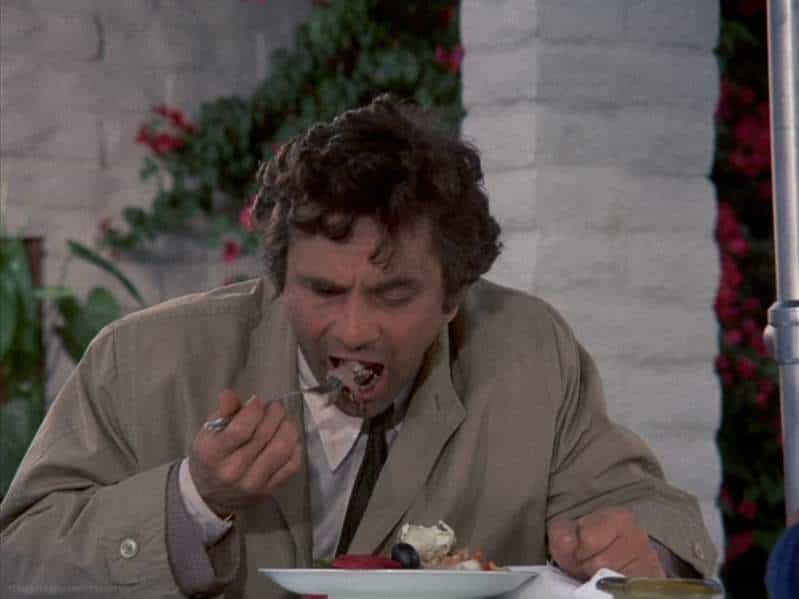

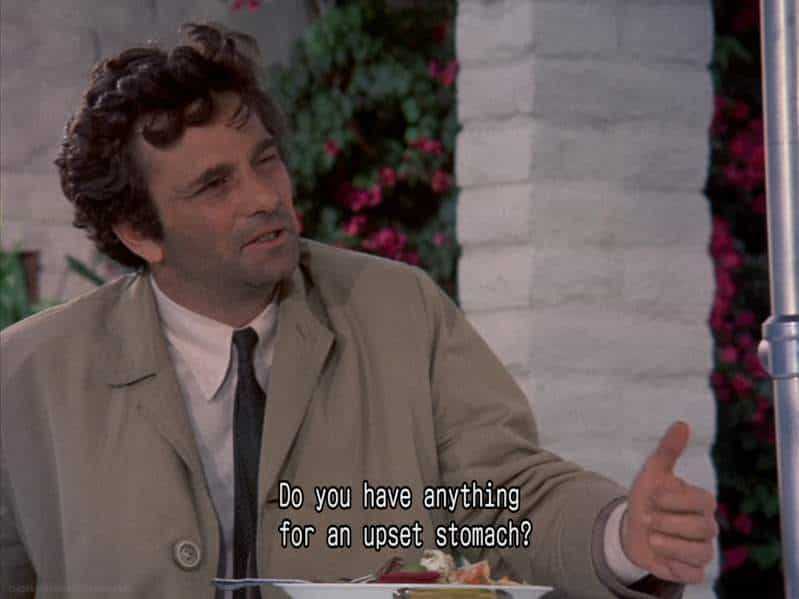
LOGICAL FALLACY: THE WISDOM OF REPUGNANCE
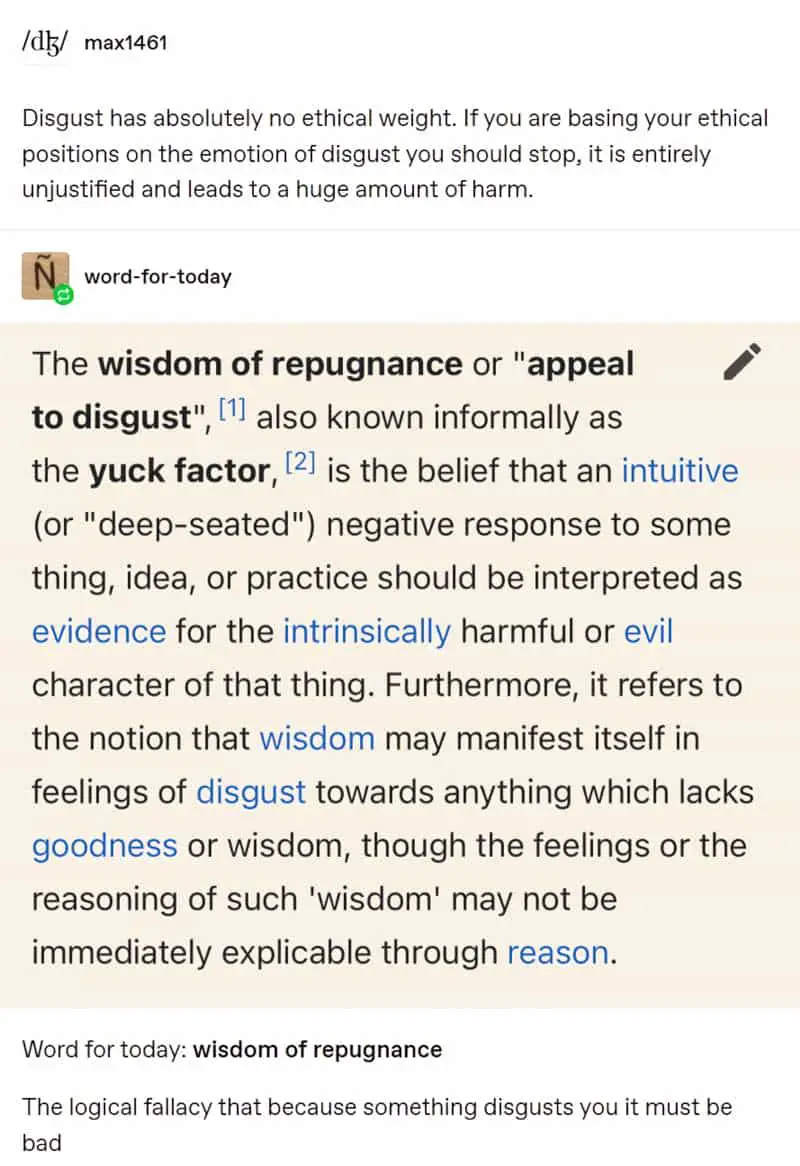
THE WORK OF REMAINING NEUTRAL
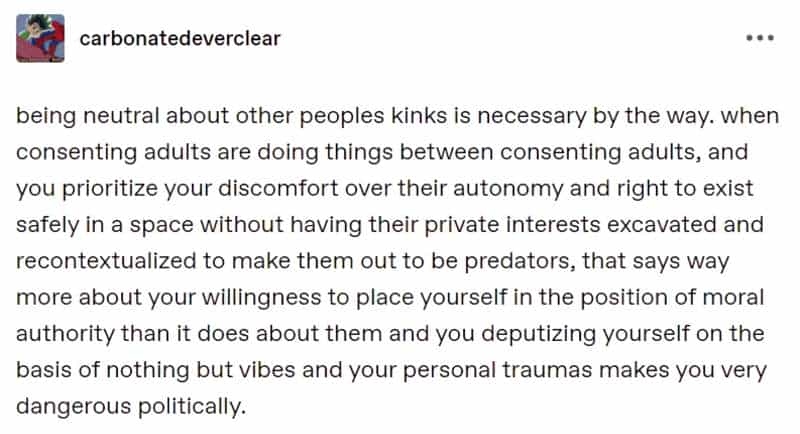
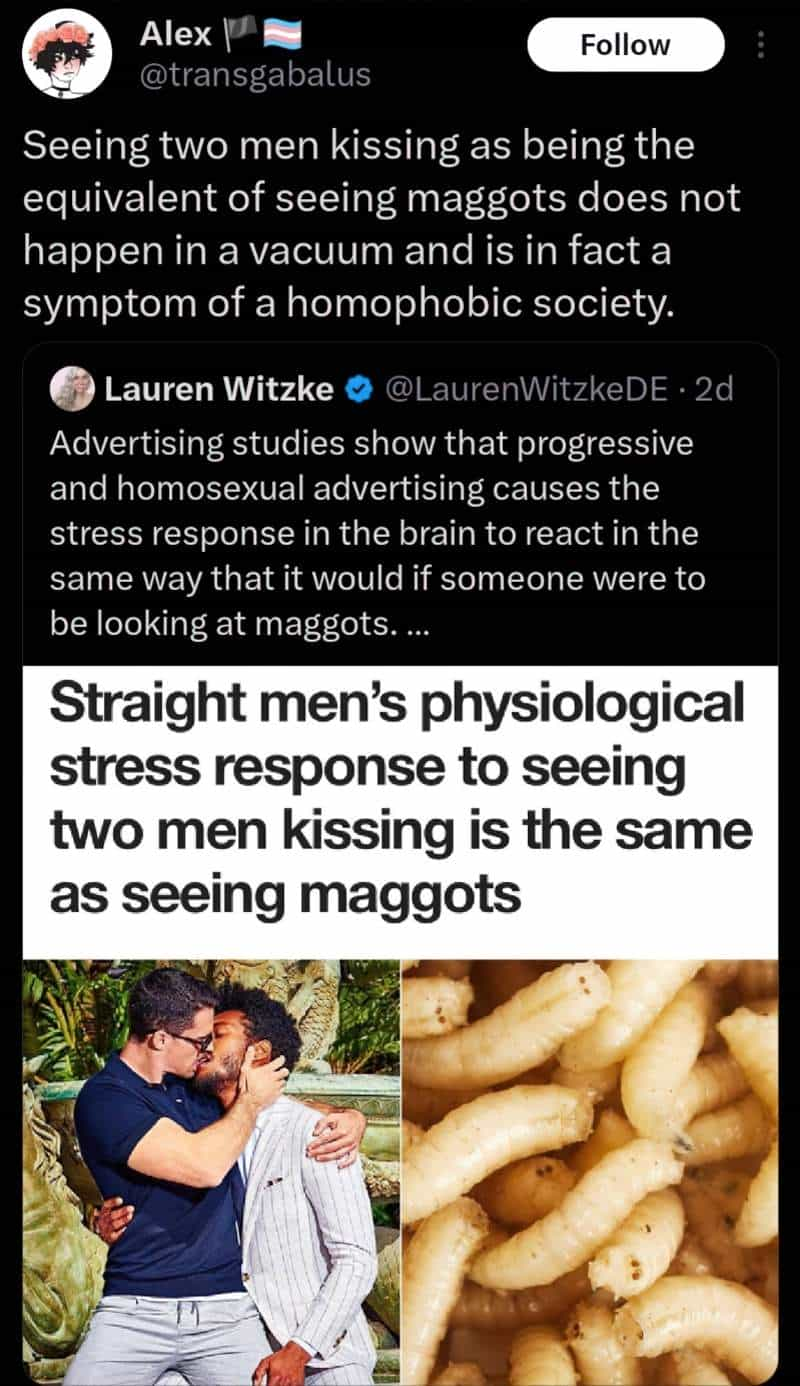

ART WHICH AIMS TO DISGUST
As if men don’t desire strangers! I refuse to speak of disgusting things, because they disgust me! You understand, boy? Go on, go tell her she’ll not be appeasing her ugly appetite with my food or my son!
Psycho
Some artists, especially activist artists, challenge audiences by the creation of art which is designed first to disgust, then to subvert biases.
The Role of Disgust in Contemporary Queer Female Films by Rachel Charlene Lewis at Bitch Media (now archived)
Savoring Disgust: The Foul and the Fair in Aesthetics BY CAROLYN KORSMEYER (2011)
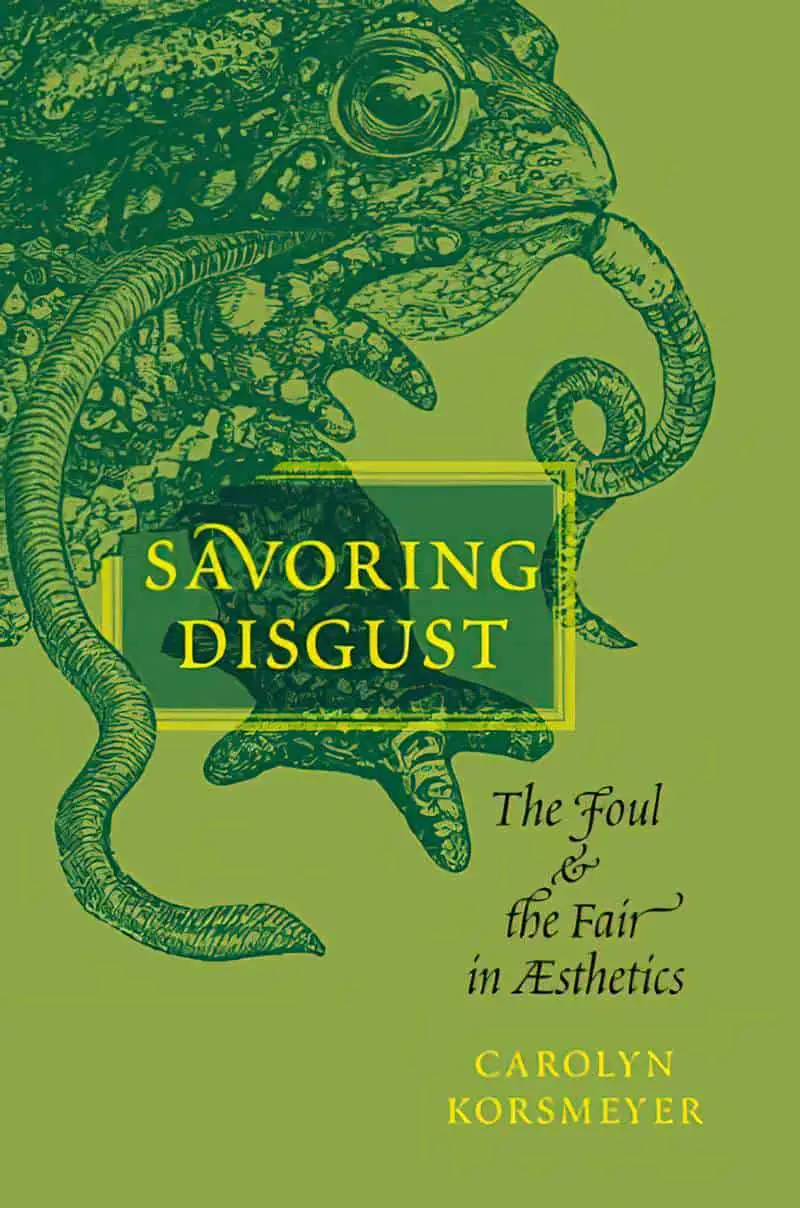
While aesthetic judgments regarding the value, or not, of artworks have historically been tied to the notion of beauty, there are plenty of works of art and genres of art that succeed aesthetically only when they cause non-pleasurable responses.
Horror films and tragedies are typical examples. These kinds of art are philosophically puzzling.
- How is it that things that we know are not real can cause emotional responses as if they were real?
- Why do we experience the adrenalin rush and the racing pulse of fear when we know very well that Hannibal Lector [of Silence of the Lambs] is just a character on the screen?
- How can an aversive experience be aesthetically valuable? How can something that repels be aesthetically attractive?
These paradoxes of fiction and aversion arise in spades when it comes to the emotion of disgust.
- Do we really feel disgust when we confront this art, or must our disgust be denatured in some way before we can regard the object aesthetically?
- How can the disgusting also be attractive?
- What does disgust add to aesthetic experience that other emotional responses don’t?
Korsmeyer claims that disgust is more varied than we tend to think, that it has certain features that overcome the problem of fiction and aversion, and that successful works of art that aim to evoke disgust elicit a special kind of aesthetic response, the sublate.
New Books Network
Notes from the interview:
Generally, what is beautiful is valuable. But how to explain art which is neither beautiful nor pleasurable?
Various genres of novel have the express aim of producing pleasantly unpleasant feelings: Horror frightens us; murder mystery puzzles us; tragedy elicits pity. If these genres fail to elicit those specific feelings, they have failed at their aim.
THE PARADOX OF FICTION
How can art we know to be not real evoke very real responses?
One theory: The fear of Silence of the Lambs is not real fear. Our feelings are instead like fear, but only in some aspects. They often co-occur.
But what is ‘real fear’? Without a working definition no one can say whether fear is real or not.
THE PARADOX OF AVERSION
How can an aversive experience (e.g. repulsion) be aesthetically valuable?
THE EMOTION OF DISGUST
Disgust is an emotion — a strong one — and the paradox of aversion is illuminated well by art which evokes disgust.
Without emotions to objects, we are in fact blind to certain qualities of those objects. Emotions allow us to grasp the meaning of something.
WHAT IS DISGUST?
Disgust is characterised by:
- nausea
- queasiness
- general discomfort
Disgust is automatic (like fear responses). There are various theories of emotions, but disgust is considered one of the ‘basic emotions’ as identified by psychologists. Other basic emotions include: Fear, anger, surprise, joy.
Many of these ‘basic’ emotions have standard display characteristics (face, gestures). [I feel this is neuronormative.]
Disgust is particularly unsubtle in the way it affects us. At first it appears to be a ‘somatic recoil’. However, there are more subtle varieties.
Compared to emotions such as regret or nostalgia, disgust is highly sensory.
HOW DOES DISGUST FIT AMONG GENERAL EMOTIONS?
Philosophers are somewhat divided on where to situate the physical responses of emotions. Meaning, are the physical responses (e.g. drawing back from something in fear; towards something in anger) effects of a mental event (an emotional state), or are they triggers to an emotional state? Or do we identify physical responses with the emotion itself? (Are emotions intrinsically physical responses?)
Most contemporary philosophers think it’s a combo of the above. Many agree that the emotion of disgust in particular requires a sensory stimulus (often taste or smell, be it in the real world or in the imagination).
[This has me wondering about whether there’s a disgust equivalent of the phantasia spectrum, because although I personally fit about halfway along that spectrum — I’m neither particularly phantasic nor aphantasic — I have been known to actually faint if someone persists in talking about the things that disgust me. Obviously I am very ‘good at’ evoking a disgusting thing entirely from imagination, which affects me as badly as if that thing is right there in front of me. Psychologists would perhaps call this a phobia, but is this the right way of looking at it?]
Disgust is a profoundly somatic emotion. Somatic: relating to the body, especially as distinct from the mind.
When someone feels nauseated or queasy from reading something disgusting in a book, say, this is different from feeling nauseated due to flu or food poisoning. The feeling we experience aesthetically is an interaction between the self and the art object, whereas feeling sick because you’re sick is a thing in and of itself.
Some people describe disgust as a type of pleasure. The author argues it’s far more more often very disturbing.
AESTHETIC DISGUST
This is the term given to images which cause disgust in the aesthetic realm (i.e. in art). Although disgust is most frequently provoked by images, disgust is also less commonly evoked via other senses (what we call ‘imagery’ — which despite its name actually includes all of the senses).
Traditional theories of philosophy talks about ‘aesthetic taste’, which goes out of its way to say ‘taste’ is not about the pleasures of eating. (The author started to ask why literal taste had to be left out of taste philosophy. This led her eventually to wondering about the opposite of taste — disgust.)
In certain cases the arousal of aesthetic disgust is comic. In other cases it’s fearful.
REJECTION IS NOT DISGUST
When you close a book or walk out of a movie, this is rejection. Rejection is simply the absence of appreciation.
Disgust is an emotion over and above the absence of something. It’s a thing in its own right.
VARIETIES OF DISGUST
Carolyn Korsmeyer divides disgust into types (‘with a strong zone of indeterminacy’).
Metaphorical disgust: We find something disgusting but without the somatic response.
Does ‘moral disgust’ have a source in emotional response? Or is a way of expressing ‘profound disapproval’ or ‘condemnation’? (This book is about aesthetic disgust, not this use of the word.)
Many philosophers and psychologists seem open to the idea that disgust informs our moral disgust. “If something is disgusting it must be morally bad.” In the case of torture, disgust and morality do go hand-in-hand. But in other cases, disgust is so weighted with social value that it’s changeable. This suggests the thing causing disgust isn’t intrinsically disgusting. Rather, it’s at the moment, not approved. [Gay men kissing springs to mind — once taboo, not widely accepted, depending on where you are in the world.]
Martha Nussbaum has done much work on that. Cf. Hiding From Humanity, in which she argues that disgust is highly dangerous.
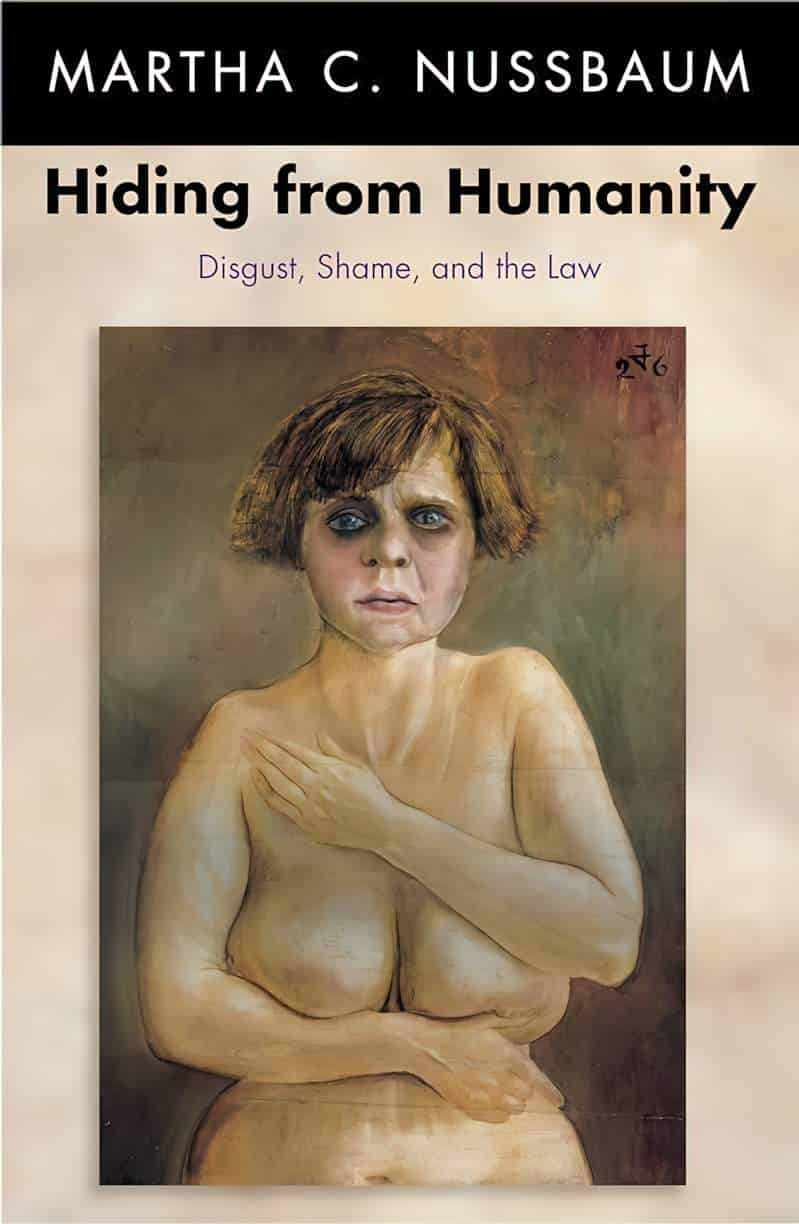
Should laws about sex and pornography be based on social conventions about what is disgusting? Should felons be required to display bumper stickers or wear T-shirts that announce their crimes? This powerful and elegantly written book, by one of America’s most influential philosophers, presents a critique of the role that shame and disgust play in our individual and social lives and, in particular, in the law.
Martha Nussbaum argues that we should be wary of these emotions because they are associated in troubling ways with a desire to hide from our humanity, embodying an unrealistic and sometimes pathological wish to be invulnerable. Nussbaum argues that the thought-content of disgust embodies “magical ideas of contamination, and impossible aspirations to purity that are just not in line with human life as we know it.”
She argues that disgust should never be the basis for criminalizing an act, or play either the aggravating or the mitigating role in criminal law it currently does. She writes that we should be similarly suspicious of what she calls “primitive shame,” a shame “at the very fact of human imperfection,” and she is harshly critical of the role that such shame plays in certain punishments.
THE PARTICULAR DISGUST OF FOOD
MUST DISGUST BE DENATURED BEFORE ‘DISGUSTING ART’ CAN BE APPRECIATED?
Korsmeyer includes a chapter on the particular disgust around food to challenge the idea that disgust is the opposite of good when it comes to food. It’s more complicated than that.
A high proportion of the foods we learn to eat started out as disgusting to us. For example ‘Rotten’ is a standard disgust elicitor. Some people learn to really enjoy what is known as ‘high meat’ (fermented). That would be the other end of the scale, but we only gradually come to enjoy foods with a depth of flavour. Many cheeses fall into this category.
If a food is to be appreciated, we do need exposure over time. What’s interesting: There’s often an element of the disgusting that remains in it. Kidneys is a good example of that. The ‘correct’ way of preparing kidneys involves retaining a hint of the urine waste. When we learn to appreciate ‘disgusting’ foods, we are not leaving disgust behind, but incorporating it into a depth of flavour, and sometimes into a depth of meaning. Rather than expel the disgust, what’s necessary is that we learn to reverse the valence, from revolting to appealing.
WHAT DOES DISGUST ADD TO A WORK OF ART WHICH CANNOT BE ACHIEVED IN ANY OTHER WAY?
The very power of disgust can lend an emotion which cannot easily be achieved by art in any other way.
There’s a difference between fear as evoked by art/fiction, and disgust as evoked by art/fiction. When we are scared (by a Stephen King novel or whatever), we know we are not really afraid. But if we read something disgusted, we are genuinely, really disgusted.
This tracks with the traditional view that disgust stands alone among the basic emotions.
Carolyn Korsmeyer sees a role for artists and authors deploying more mild versions of disgust in order to convey certain ideas. She coined the term ‘The Transparency of Disgust’, referring to the reality that the ‘screen of disgust’ has a lot more holes in it between artwork and audience. With other strong emotions such as sorrow and grief, as soon as we close the book, we can be done with it. We know the grief is not ours.
In the case of disgusting art, there’s no risk of poisoning, so when we talk about art that disgusts, that’s a bit different from talking about food that disgusts.
Works which aim only to disgust tend not to be very interesting [to adults].
THE DOUBTING OF SAINT THOMAS BY CARRAVAGIO
View the painting at Google Art.
In case you’re very queasy, I’ll just say that a man has poked his finger into a hole in another man’s chest. (Thomas the Apostle pushes his finger into the spear wound on Christ, to make sure it’s really Christ.)
Korsmeyer considers this painting an excellent example of disgust deployed to convey meaning. In this case the meaning is around religion, the body, transcendence etc. The work would lose power without the somatic response.
In most cases of disgust in art, it’s very subtle. When it mingles with other responses, those other responses have more depth. A splash of disgust deepens responses to art.
When it comes to emotions elicited by art, each of the strong emotions seem to have their upper limits (and the limit may be boredom). They work best when combined. Grief is a profound emotion, and terrible to experience. Many works of art elicit grief. But if a work of art only arouses grief, we cannot tolerate it.
[You may have noticed yourself, that stories are more sad when they also include lightness. Once shows get too sad, I find myself reaching for social media on my phone. I can’t bear it.]
DISGUST AND CANNIBALISM
The eating of human flesh is both morally disgusting and somatically disgusting. We might deduce given all the above that depictions of cannibalism achieve the peak disgusting experience for audiences.
The Aesthetic Experience is not always pleasant or pretty. Disgust is sometimes funny [cf. gross-out books for middle-graders] but disgust is usually limited to the more difficult works of art.
[The line between comedy and horror is very fine.]
Disgust usually comes bundled with certain other emotions e.g. disgust + amusement, disgust + fear, disgust + disapproval. [This is also how genres work, too; comedy horror works well, whereas horror musicals have different tones. A horror as a musical would morph into comedy.
Cannibalism when used in storytelling often depicts inhumanity and cruelty in ways that other themes would fail to achieve. Some cannibal stories have an intimate quality to them. Korsmeyer talks about:
- Tales from The Decameron by Boccaccio. Women are deceived into eating the heart of a lover. The impact of the tales rides on the back of the taboo of cannibalism. The tales are about the utter destruction of a loved one. Intimacy is achieved with the discovery that a viewpoint character has eaten the heart of a lover. When Korsemeyer talks about intimacy, she means between audience and the work, and that the audience feels the work viscerally.
- The Cook, the Thief, His Wife & Her Lover is an R18+ movie from 1989. There’s a macabre, ghastly, but slightly comedic cannibal scene near the end.
Those examples are very different from each other, but good examples of how disgust is used to convey meaning in art. (The first example is far more subtle.)
Works which utilise disgust help us to digest something that is very difficult to wrap our minds around — mortality. Understanding mortality is our life’s work. Although we know about death, it’s still very difficult to grasp. Disgust allows us to come face to face with death. That is just one use of disgust in art.
In other cases, disgust is exploiting for its own effect.
See also my post on Cannibalism In Storytelling.
THE SUBLATE
Cf. The Sublime: An idea of a powerful aesthetic emotion that has a foundation related to another deeply unpleasant emotion, terror. With the sublime, the terror is transmuted or converted in some way to a positive experience that may still have some roots in fear/terror, but it becomes a transcendent experience of the powerful, magnificent, the divine. In a sublime aesthetic experience, someone comes to recognise the object/monster behind the terror.
The Sublate is Korsmeyer’s term. Riffing on The Sublime, the Sublate has disgust at its foundation rather than fear. This in no way applies to all experiences of disgust in art, but some of it aims for a particular insight in audiences about mortality and material decay. Unlike The Sublime, The Sublate is not elevated. It works in the opposite direction.
The Sublate can carry with it a kind of acceptance, resignation and acknowledgement of mortality. The Sublime delivers its own impact and becomes its own emotion. The Sublate is, similarly, a very visceral grasp of mortality, body vulnerability etc.
The Sublime moves us away from fear; The Sublate moves us away from disgust. But traces of the original emotion remains, otherwise the experience doesn’t work.
THE RELATIONSHIP BETWEEN AESTHETIC DISGUST AND BEAUTY
The disgusting is thought to be antithetical to beauty.
But Korsmeyer considers this complex, and this is the central concern of her book. Beauty and disgust aren’t necessarily part of the same discussion, though. Art is more than beautiful. It can elicit all of the emotions.
So, disgust contributes to beauty. But this is ‘probing the edges’. Disgust instead more often halts the response to the types of works we are inclined to call beautiful.
There are exceptions. For example, some of Emily Dickinson’s poetry e.g. I Heard A Fly Buzz When I Died. The viewpoint character awaits burial while rotting. This is a disturbing and disgusting image, but economical and tight. Korsmeyer considers this poem a good example of The Sublate, and also a good example of aesthetic beauty by way of disgust.
Some theorists use the term ‘difficult beauty’, referring to art which tax an audience.
PARADIGMATIC WORKS OF ART WHICH ELICIT DISGUST
There are many varieties of aesthetic disgust. In Greek tragedies, disgusting images are indispensable parts of the narrative e.g. Oedipus blinding himself and other kinds of mutilations.
Visual works: Images of violated bodies (often horrific; sometimes compelling and moving) are examples of aesthetic disgust in art.
Narrative works: Descriptions of war narratives and the terrible atrocities, not necessarily through cruelty but because war is generally terrible.
In such narratives, unless audiences confront the disgusting, visceral images, we lose some of the meaning of the works.
THE PARTICULAR DISGUST DIRECTED AT FEMALE BODIES

Some years ago, the computer games Super Meat Boy and The Binding of Isaac was very popular. The developer was even featured in a documentary film about indie developers who work for years on their games, then release it into the world to critical acclaim. Some of the guys featured have become very wealthy.
After The Binding of Isaac, the developer decided to spend nine days developing another game — this one about a diseased vagina. The aim of the game is to destroy an oversized vagina with a penis.
How did he justify this as art?
[I]t is mainly McMillen’s interest in why these images of “private parts” bother people so much that he continually refers to as being his own interest in making C*nt. It seems almost as if he doesn’t see the connection between violence against women in what he is doing to the images that he feels he has created for the purpose of calling our attention to cultural taboos. As a result, he seems to see C*nt as a means of merely examining our fear of this imagery itself.
Pop Matters

McMillen may have told himself he was doing something fresh and original, but for people with vaginas, this narrative is stale and tiresome. Many women have encountered men in real life who find their bodies disgusting, even if said men desire sex with said bodies.
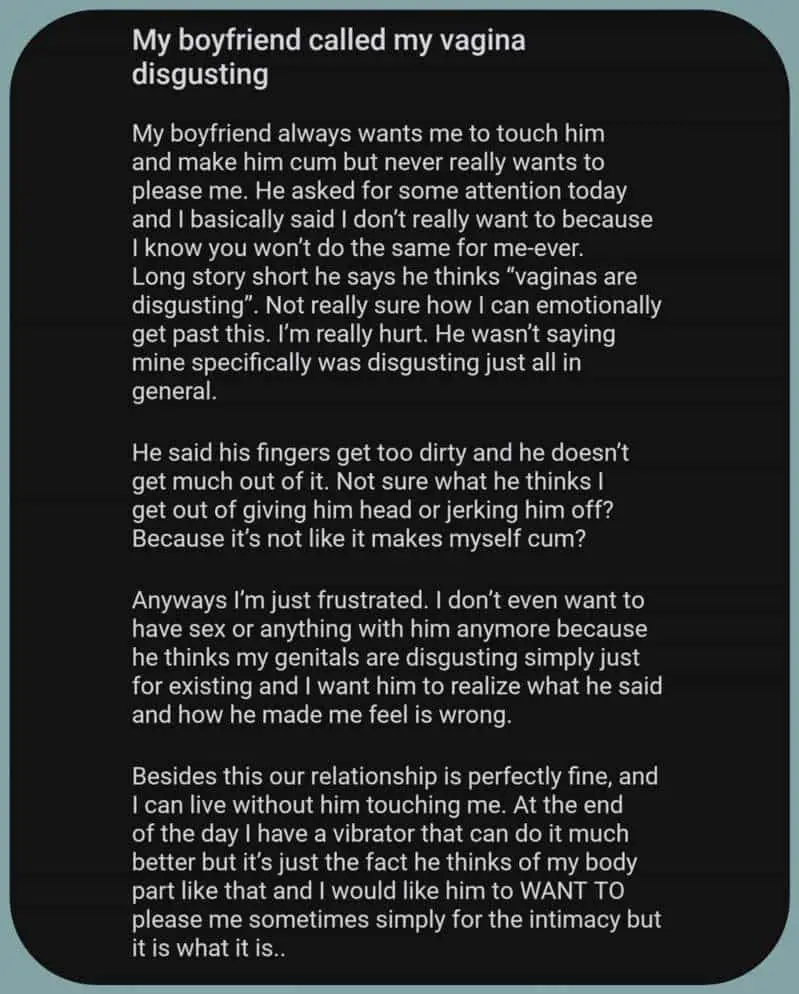

Bad Girls, Dirty Bodies: Sex, Performance and Safe Femininity BY GEMMA COMMANE (2020)
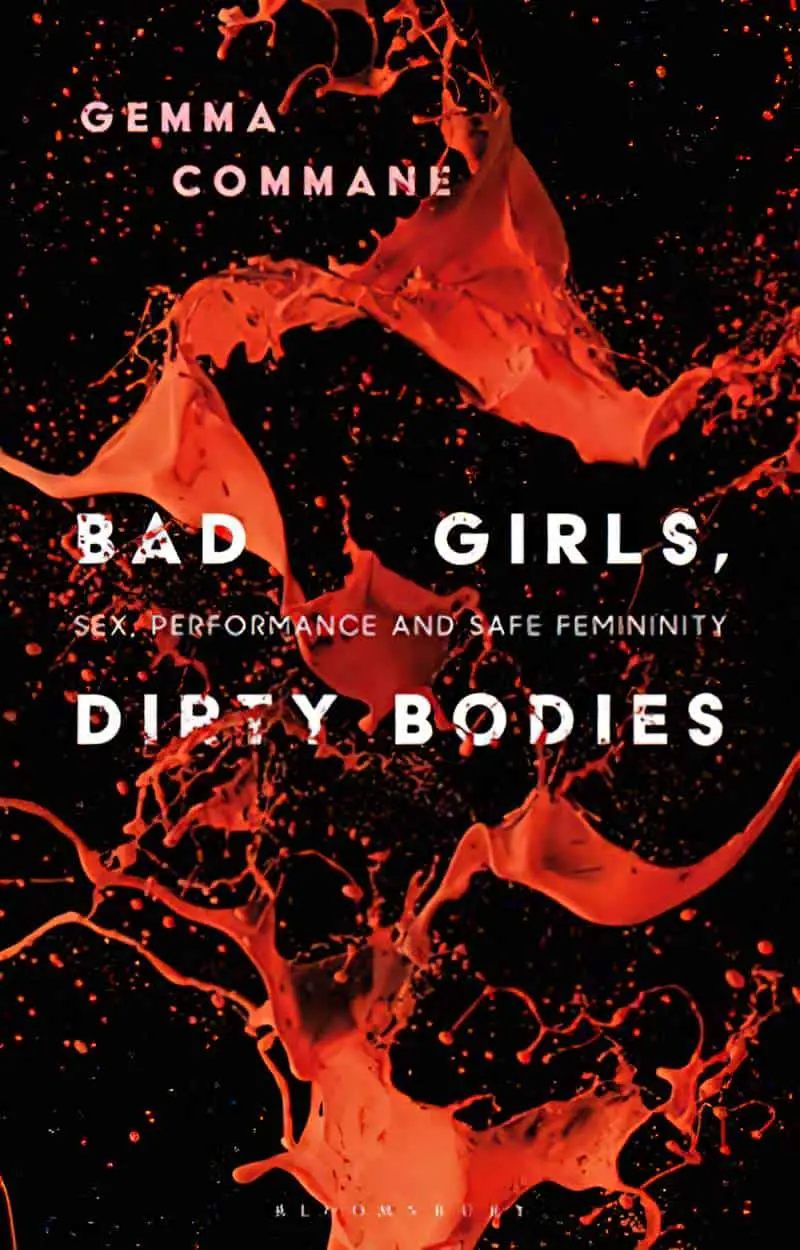
What makes a woman ‘bad’ is commonly linked to certain ‘qualities’ or behaviours seen as morally or socially corrosive, dirty and disgusting. Bad Girls, Dirty Bodies: Sex, Performance and Safe Femininity (Bloomsbury, 2020) explores the social, sexual and political significance of women who are labelled bad or dirty. Through case studies (including Empress Stah, RubberDoll or Doris La Trine), the book challenges the notion that sexual, slutty, bad, or dirty women are not worth listening to.
Gemma Commane speaks to Pierre d’Alancaisez about her study of neo-burlesque, queer performances, and explicit entertainment as sites of power, possibility, and success.
New Books Network
Notes from the interview:
The bad and the dirty are alluring, and can be alluring for both the object and the observer. Someone deemed bad and dirty is also challenging societal norms.
Important to highlight: Bad and dirty are also used to shut people down. These terms are sticky — once you’re deemed as such, you are deemed that forever.
Women who take up space tend to get those labels, because women who take up space (in all the various ways — through body size, loudness, clapping back) contravene accepted forms of femininity regarding what one can do, look like.
The terms bad and dirty apply to a range of individuals in various contexts. One context is burlesque, especially those who defy the traditional images of women who do burlesque. (Too sexual, too kinky, too queer, too old…)
In the Victorian period, when sex was only supposed to be in service of procreation, there was an obsession with cleaning up the streets. (See the book below: Disgust in the Victorian Era.) Alongside the laying down of sewage system, there was also a big effort to clean up morality, and organisation around genders within the 1800s. The church and family were considered sacred. Anything disrupting that was considered dirty, corrupting and required incarceration.
FURTHER RESOURCES
DISGUST IN THE VICTORIAN ERA
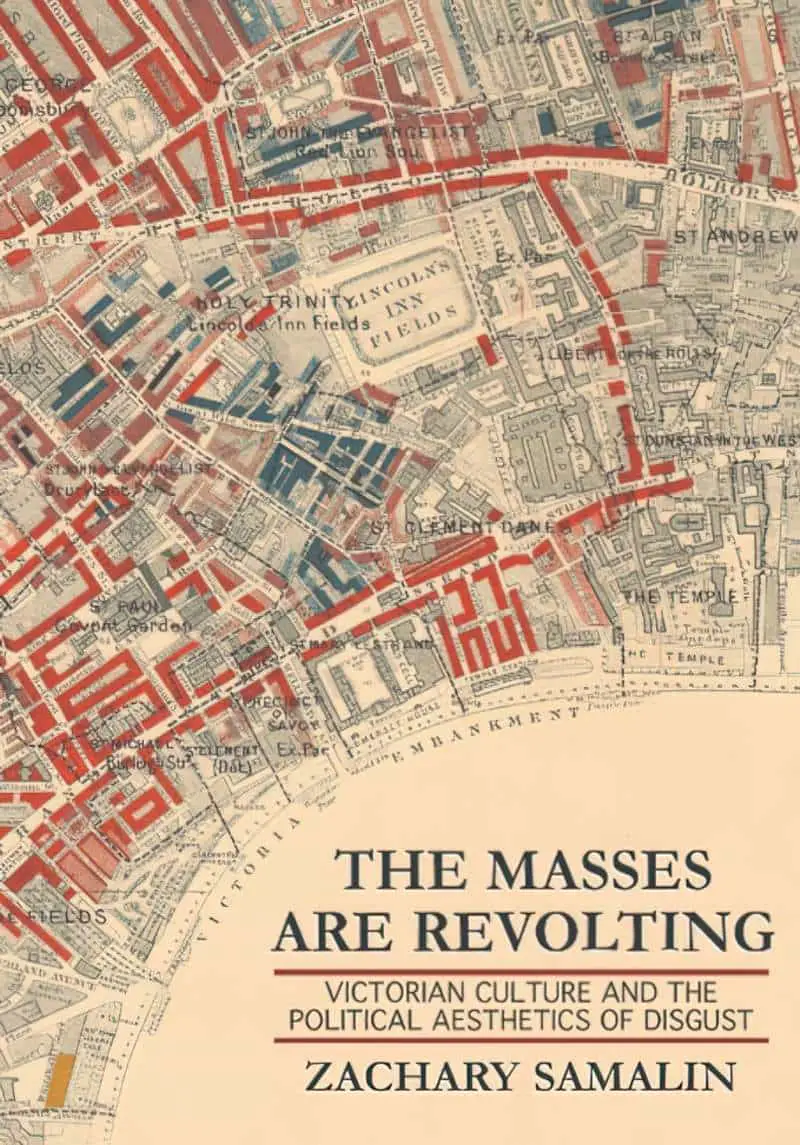
The Masses Are Revolting reconstructs a pivotal era in the history of affect and emotion, delving into an archive of nineteenth-century disgust to show how this negative emotional response came to play an outsized, volatile part in the emergence of modern British society. Attending to the emotion’s socially productive role, Zachary Samalin highlights concrete scenes of Victorian disgust, from sewer tunnels and courtrooms to operating tables and alleyways.
Samalin focuses on a diverse set of nineteenth-century writers and thinkers—including Charles Darwin, Charles Dickens, Karl Marx, Friedrich Engels, Thomas Hardy, George Gissing, and Charlotte Brontë—whose works reflect on the shifting, unstable meaning of disgust across the period. Samalin elaborates this cultural history of Victorian disgust in specific domains of British society, ranging from the construction of London’s sewer system, the birth of modern obscenity law, and the development of the conventions of literary realism to the emergence of urban sociology, the rise of new scientific theories of instinct, and the techniques of colonial administration developed during the Indian Rebellion of 1857. By bringing to light disgust’s role as a public passion, The Masses Are Revolting reveals significant new connections among these apparently disconnected forms of social control, knowledge production, and infrastructural development.
marketing copy
REVOLTING INDOLENCE
Revolting Indolence: The Politics of Slacking, Lounging,& Daydreaming in Queer/Trans Latinx Cultural Production a book of anticapitalist worldmaking, in praise of all slackers, loafers, & bar-loungers by Marcos Gonsalez is in the works.
WHAT DOES OUR FANTASTICAL ATTRACTION TO MONSTERS SAY ABOUT DISGUST?
Beauty and the Beast. Twilight. The Shape of Water. What do these stories have in common? Humans and monsters getting down and dirty. This episode explores the surprising psychology behind “monsterf*ckers” — people attracted to creatures like vampires, werewolves, and tentacled beasts. Hear from researcher Ella Gallego about her study on monstrous desire, which reveals how and why women and LGBTQ+ people are particularly entranced by these inhuman love interests. We’ll trace the history of monster erotica through the medieval church’s preoccupation with demon sex, the horny throughline of vampire movies, and the incredibly surprising history of tentacle porn. Bare your neck and put on your hottest swamp bikini: it’s time to discover the connection between monsters, sex, and our deepest desires.
Attraction to Monsters (with Ella Gallego), Taboo Science podcast
Monstrous Desire is Ella Gallego’s website with blog.
Disgust is an example of a ‘lonely negative word’ (the best name for a linguistic category, don’t you think?). There’s no such word as ‘gust’ anymore.
